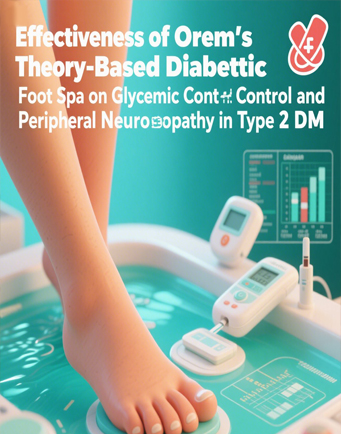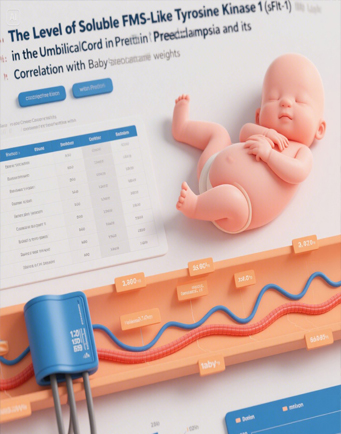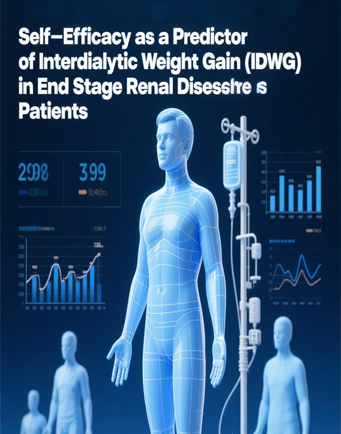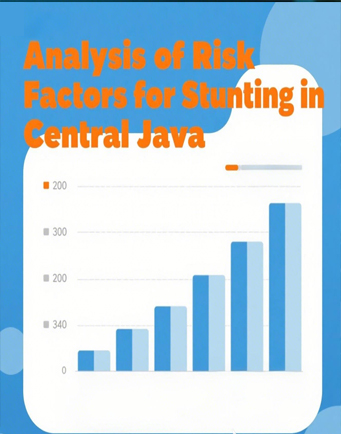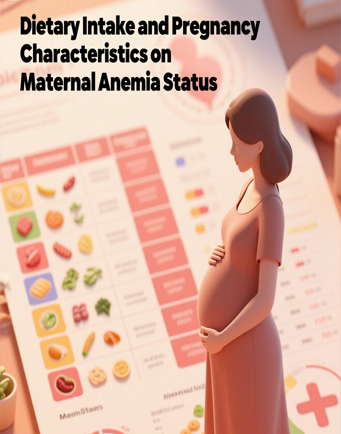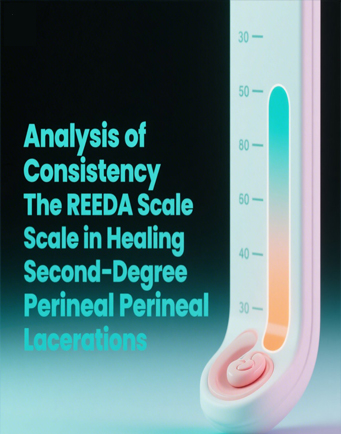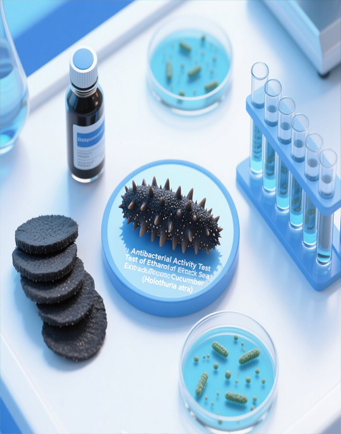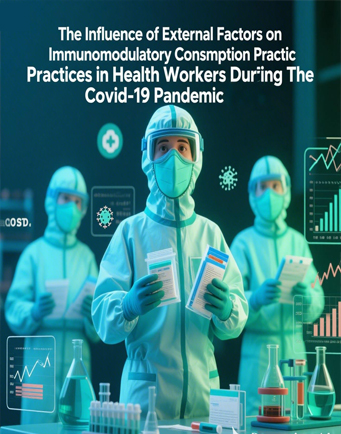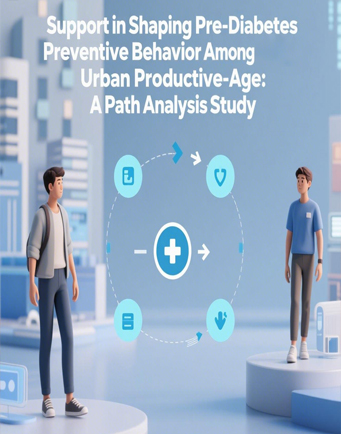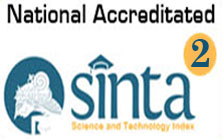In Silico Analysis of the NPC1L1 Inhibitor of Catechins from Green Tea
Downloads
The main contributor to cardiovascular disease is atherosclerosis. The Liver X Receptor is one of the unexplored signaling pathways in atherosclerosis that contributes to cholesterol efflux and inhibitory inflammation (LXR). Catechin, as an LXR agonist, influences the expression of the NPC1L1 protein transporter, which inhibits cholesterol absorption. The objective of this study is to predict the NPC1L1 inhibitor of Catechins from Green Tea. The role of NPC1L1 inhibitors is to prevent atherogenesis. Molecular docking is the research method used. Pyrx's Open Babel was used for analysis. Autodock vina in Pyrx was employed for docking, and Chimera v1.8 was administered for visualization. The result of molecular interaction was assigned. Pose view was used in this study. Catechins have the potential to be an NPC1L1 inhibitor, according to the findings. The main parameters used to predict the biological effect were energy bonds, hydrogen bonds, and hydrophobic interactions of molecules with NPC1L1. All Catechins isolates had low affinity energy and a strong affinity for NPC1L1. Epigallocatechin gallate (EGCG) is the most effective inhibitor because it has the lowest binding energy and the most active sites, including Gln 200, Tyr 192, Trp 202, Cys 189, Gly 207, Asp 217, Gly 190, Phe 205, Asp 208. There are hydrogen bonds at Thr 219, Ile 218, Asn 204, Asn 211, Arg 201, and Asn 204. The interaction energy between NPC1L1 and EGCG is -7.5 kCal/mol. Based on the results of the in-silico analysis, the researchers concluded that Catechins have the potential to be an NPC1L1 inhibitor. Further research into molecular dynamic simulation and in vivo analysis is required to demonstrate the synergistic effect of Catechins as an inhibitor of atherogenesis.
Adelina, R. & Kurniatri, A. A. (2018). Mekanisme Katekin Sebagai Obat Antidislipidemia (Uji In Silico). Buletin Penelitian Kesehatan, 46(3), 147-154. https://doi.org/10.22435/bpk.v46i3.899
Alqahtani, S., Qosa, H., Primeaux, B., & Kaddoumi, A. (2015). Orlistat limits cholesterol intestinal absorption by Niemann-pick C1-like 1 (NPC1L1) inhibition. Eur J Pharmacol., 762, 263-269. https://doi.org/10.1016/j.ejphar.2015.05.060
Altmann, S. W., Jr Davis, H. R., Zhu, L. J., Yao, X., Hoos, L. M., Tetzloff, G., Iyer, S. P. N., Maguire, M., Golovko, A., Zeng, M., Wang, L., Murgolo, N., & Graziano, M. P. (2004). Niemann-Pick C1 Like 1 protein is critical for intestinal cholesterol absorption. Science, 303(5661), 1201–1204. https://doi.org/10.1126/science.1093131
Asdaq, S. M. B., Ikbal, A. M. A., Sahu, R. K., Bhattacharjee, B., Paul, T., Deka, B., Fattepur, S., Widyowati, R., Vijaya, J., Mohaini, M. A., Alsalman, A. J., Imran, M., Nagaraja, S., Nair, A. B., Attimarad, M., & Venugopala, K. N. (2021). Nanotechnology Integration for SARS-CoV-2 Diagnosis and Treatment: An Approach to Preventing Pandemic. Nanomaterials, 11(7), 1841. https://doi.org/10.3390/nano11071841
Brooijmans, N., & Kuntz, I. D. (2003). Molecular recognition and docking algorithms. Annu. Rev. Biophys. Biomol. Struct., 32, 335-373. doi: https://doi.org/10.1146/annurev.biophys.32.110601.142532
Cuff, A. L., Janes, R. W., & Martin, A. C. R. (2006). Analyzing the ability to retain sidechain hydrogen bonds in mutant proteins. Bioinformatic, 22(12), 1464-1470. https://doi.org/10.1093/bioinformatics/btl120
Davies, J. P., Levy, B., Ioannou, Y. A. (2000). Evidence for a Niemann-Pick C (NPC) gene family: identification and characterization of NPC1L1. Genomics, 65(2), 137–145. https://doi.org/10.1006/geno.2000.6151
Ervina, M., Pratama, M. R. F., Poerwono, H., Ekowati, J., Widyowati, R., Matsunami, K., & Sukardiman. (2021). In silico estrogen receptor alpha antagonist studies and toxicity prediction of Melia azedarach leaves bioactive ethyl acetate fraction. Journal of Advanced Pharmaceutical Technology and Research, 12(3), 236-241. Retrieved from https://www.ncbi.nlm.nih.gov/pmc/articles/PMC8300330/
Ervina, M., Poerwono, H., Widyowati, R., Otsuka, H., Matsunami, K., & Sukardiman, S. (2021). Pregnane steroids from the leaves of Melia azedarach and apoptotic activity against T47D Cells. Asian Pacific Journal of Cancer Prevention, 22(6), 1967-1973. Retrieved from https://www.ncbi.nlm.nih.gov/pmc/articles/PMC8418864/
Fradera, X., Vu, D., Nimz, O., Skene, R., Hosfield, D., Wynands, R., Cooke, A. J., Hauns, A., King, A., Bennett, J., McGuire, R., & Uitdehaag, J. C. M. (2010), X-ray structures of the LXR alpha in its homodimeric form and implications for heterodimer signaling. J.Mol.Biol., 399(1), 120-132. http://doi.org/10.1016/j.jmb.2010.04.005
Grosdidier, A., Zoete, V., & Michielin, O. (2007). EADock: Docking of small molecules into protein active sites with a multiobjective evolutionary optimization. Proteins, 67(4), 1010-1025. http://doi.org/10.1002/prot.21367
Guex, N., & Peitsch, M. C. (1997). SWISS-MODEL and the Swiss-PdbViewer: An environment for comparative protein modeling. Electrophoresis, 18(15), 2714-2723. https://doi.org/10.1002/elps.1150181505
Gohlke, H., & Klebe, G.( 2002) Approaches to the description and prediction of the binding affinity of smallmolecule ligands to macromolecular receptors. Angew Chem Int Ed Engl, 41(15):2644–2676. https://doi.org/10.1002/1521-3773(20020802)41:15<2644::AID-ANIE2644>3.0.CO;2-O
Halperin, I., Ma, B., Wolfson, H., & Nussinov, R. (2002). Principles of docking: An overview of search algorithms and a guide to scoring functions. Proteins, 47(4), 409-443. https://doi.org/10.1002/prot.10115
Hidayat, S., Cahyohartoto, A., Dewi, A. U., Mukminah, I. A., & Sigalingging, O. S. (2021). Uji Aktivitas Senyawa Bahan Alam terhadap Enzim Mpro pada SARS-CoV-2 Secara In Silico. JURNAL FARMASI DAN ILMU KEFARMASIAN INDONESIA, 8(3), 235–241. https://doi.org/10.20473/jfiki.v8i32021.235-241
Janowski, B. A., Grogan, M. J., Jones, S. A., Wisely, G. B., Kliewer, S. A., Corey, E. J., & Mangelsdorf, G. J. (1999). Structural requirement of ligands for oxysterol liver X receptors LXRα and LXRβ. Proc. Natl. Acad. Sci., 96(1), 266–271. https://doi.org/10.1073/pnas.96.1.266
Kim, H., Kim, J. K., Kang, L., Jeong, K., & Jung, S. (2010). Docking and scoring of quercetin and quercetin glycosides against α-amylase receptor. Bull. Korean Chem. Soc., 31(2), 461- 463. https://doi.org/10.5012/bkcs.2010.31.02.461
Kitchen, D. B., Decornez, H., Furr, J. R., & Bajorath, J. (2004). Docking and scoring in virtual screening for drug discovery: methods and applications. Nature reviews Drug discovery, 3(11), 935-949. https://doi.org/10.1038/nrd1549
Leach, A. R. (2000). Molecular Modelling: Principle and Applications. 2nd ed. Pearson Education.
Meng, X. Y., Zhang, H. X., Mezei, M., & Cui, M. (2011). Molecular docking: a powerful approach for structure-based drug discovery. Current computer-aided drug design, 7(2), 146-157. https://doi.org/10.2174/157340911795677602
Mukesh, B., & Rakesh, K. (2011). Molecular docking: A review. IJRAP, 2(6), 1746-1751.
Pirillo, A., Catapano, L.A., Norata, D.G. (2016). Niemann-Pick C1-Like 1 (NPC1L1) inhibition and cardiovascular disease. Curr Med Chem., 23(10), 983-999. https://doi.org/10.2174/0929867323666160229114111
Rendi, I. P., Maranata, G. J., Chaerunisa, H., Nugrahaeni, N., & Alfathonah, S. S. (2021). Molecular Docking of Compounds in Moringa oleifera Lam with Dipeptidyl Peptidase-4 Receptors as Antidiabetic Candidates. Jurnal Farmasi dan Ilmu Kefarmasian Indonesia, 8(3), 242–249. https://doi.org/10.20473/jfiki.v8i32021.242-249
Sulistyowaty, M. I., Widyowati, R., Putra, G. S., Budiati, T., & Matsunami, K. (2021). Synthesis, ADMET predictions, molecular docking studies, and in-vitro anticancer activity of some benzoxazines against A549 human lung cancer cells. Journal of Basic and Clinical Physiology and Pharmacology, 32(4), 385-392. https://doi.org/10.1515/jbcpp-2020-0433
Susanti, E. (2001). Aktivitas Katekin Terhadap Stabilisasi Plak (Dalam Rangka Memperkecil Resiko Serangan Jantung). El-Hayah, 2(2), 78-84. https://doi.org/10.18860/elha.v2i2.2214
Susanti, E. (2019, June). In silico analysis of bioactive compounds of Hibiscus sabdariffa as potential agonists of LXR to inhibit the atherogenesis process. In AIP Conference Proceedings (Vol. 2108, No. 1, p. 020008). AIP Publishing LLC. https://doi.org/10.1063/1.5109983
Susanti, E., Rudijanto, A., & Ratnawati, R. (2012). Catechins inhibit atherosclerosis in male rats on a high fat diet. Universa Medicina, 31(2), 81-87. Retrieved from https://univmed.org/ejurnal/index.php/medicina/article/view/99
Suryadi, A., Siswodihardjo, S., Widiandani, T., & Widyowati, R. (2021). Structure modifications of pinostrobin from Temu Kunci (Boesenbergia pandurata ROXB. SCHLECHT) and their analgesic activity based on in silico studies. Research Journal of Pharmacy and Technology, 14(4), 2089-2094. https://doi.org/10.52711/0974-360X.2021.00370
Susanti, E.M., Ciptati, C., Ratnawati, R., Aulanni’am, A., & Rudijanto, A. (2015). Molecular docking of Catechins with LXRα and LXRβ as potensial inhibitor aterogenesis. Int. J. Pharm. Tech. Res., 8(3), 340-346.
Weinglass, A. B., Kohler, M., Schulte, U., Liu, J., Nketiah, E. O., Thomas, A., Schmalhofer, W., Wiliam, B., Bildl, W., McMasters, D. R., Dai, K., Beers, L., McCann, M. E., Kaczorowski, G. J., Garcia, M. L. (2008). Extracellular loop C of NPC1L1 is important for binding to Ezetimibe. Proc Natl Acad Sci., 105(32), 11140–11145. https://doi.org/10.1073/pnas.0800936105
Yue, L., Ye, F., Gui, C., Luo, H., Cai, J., Shen, J., Chen, K., Shen, X., Jiang, H. (2005). Ligand-binding regulation of LXR/RXR and LXR/PPAR heterodimerizations: SPR technology-based kinetic analysis correlated with molecular dynamics simulation. Prot. Sci., 14, 812–822. https://doi.org/10.1110/ps.04951405
Copyright (c) 2023 JURNAL INFO KESEHATAN

This work is licensed under a Creative Commons Attribution-NonCommercial-ShareAlike 4.0 International License.
Copyright notice
Ownership of copyright
The copyright in this website and the material on this website (including without limitation the text, computer code, artwork, photographs, images, music, audio material, video material and audio-visual material on this website) is owned by JURNAL INFO KESEHATAN and its licensors.
Copyright license
JURNAL INFO KESEHATAN grants to you a worldwide non-exclusive royalty-free revocable license to:
- view this website and the material on this website on a computer or mobile device via a web browser;
- copy and store this website and the material on this website in your web browser cache memory; and
- print pages from this website for your use.
- All articles published by JURNAL INFO KESEHATAN are licensed under the Creative Commons Attribution 4.0 International License. This permits anyone to copy, redistribute, remix, transmit and adapt the work provided the original work and source is appropriately cited.
JURNAL INFO KESEHATAN does not grant you any other rights in relation to this website or the material on this website. In other words, all other rights are reserved.
For the avoidance of doubt, you must not adapt, edit, change, transform, publish, republish, distribute, redistribute, broadcast, rebroadcast or show or play in public this website or the material on this website (in any form or media) without appropriately and conspicuously citing the original work and source or JURNAL INFO KESEHATAN prior written permission.
Permissions
You may request permission to use the copyright materials on this website by writing to jurnalinfokesehatan@gmail.com.
Enforcement of copyright
JURNAL INFO KESEHATAN takes the protection of its copyright very seriously.
If JURNAL INFO KESEHATAN discovers that you have used its copyright materials in contravention of the license above, JURNAL INFO KESEHATAN may bring legal proceedings against you seeking monetary damages and an injunction to stop you using those materials. You could also be ordered to pay legal costs.
If you become aware of any use of JURNAL INFO KESEHATAN copyright materials that contravenes or may contravene the license above, please report this by email to jurnalinfokesehatan@gmail.com
Infringing material
If you become aware of any material on the website that you believe infringes your or any other person's copyright, please report this by email to jurnalinfokesehatan@gmail.com.


